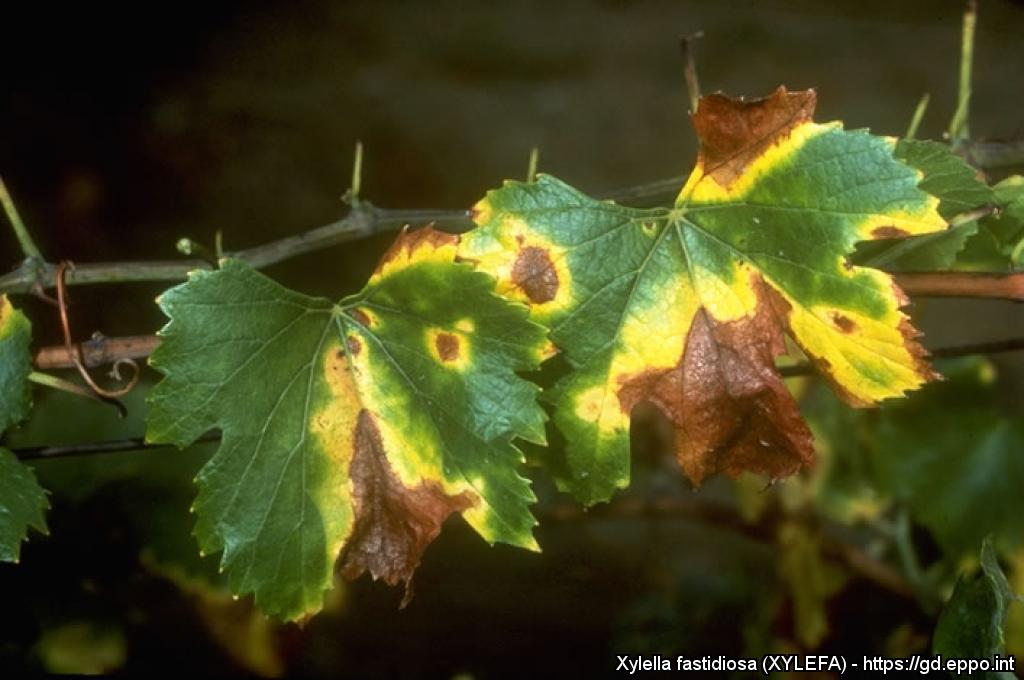

sandyi causes oleander leaf scorch (OLS) ( Nerium oleander). pauca causes citrus variegated chlorosis (CVC) ( Citrus spp.), coffee leaf scorch and olive quick decline syndrome (OQDS) ( Olea europaea) X. fastidiosa ssp. multiplex causes almond leaf scorch (ALS) and diseases on other nut and shade tree crops X. fastidiosa ssp. fastidiosa causes Pierce's disease (PD) of grapevine ( Vitis vinifera) X. fastidiosa ssp. Here, we list the four distinct subspecies of X. fastidiosa and some of the agriculturally relevant diseases caused by them: X. fastidiosa ssp. In addition, it can establish non-symptomatic associations with many plants as a commensal endophyte. To date, X. fastidiosa has been found to be pathogenic in over 100 plant species. Xylella fastidiosa has a broad host range that includes ornamental, ecological and agricultural plants belonging to over 300 different species in 63 different families.

Gram-negative rod (0.25–0.35 × 0.9–3.5 μm), non-flagellate, motile via Type IV pili-mediated twitching, fastidious. Taxonomyīacteria Gammaproteobacteria family Xanthomonadaceae genus Xylella species fastidiosa. Recent attention has focused on newly emerging X. fastidiosa diseases, such as in olives. Plant diseases associated with X. fastidiosa have been documented for over a century, and much about what is known in the context of host–pathogen interactions is based on these hosts, such as grape and citrus, in which this pathogen has been well described. This review focuses on the status of X. fastidiosa pathogenic associations in plant hosts in which the bacterium is either endemic or has been recently introduced. This species has recently been resolved into subspecies that correlate with host specificity. Xylella fastidiosa is a Gram-negative bacterial plant pathogen with an extremely wide host range.


 0 kommentar(er)
0 kommentar(er)
